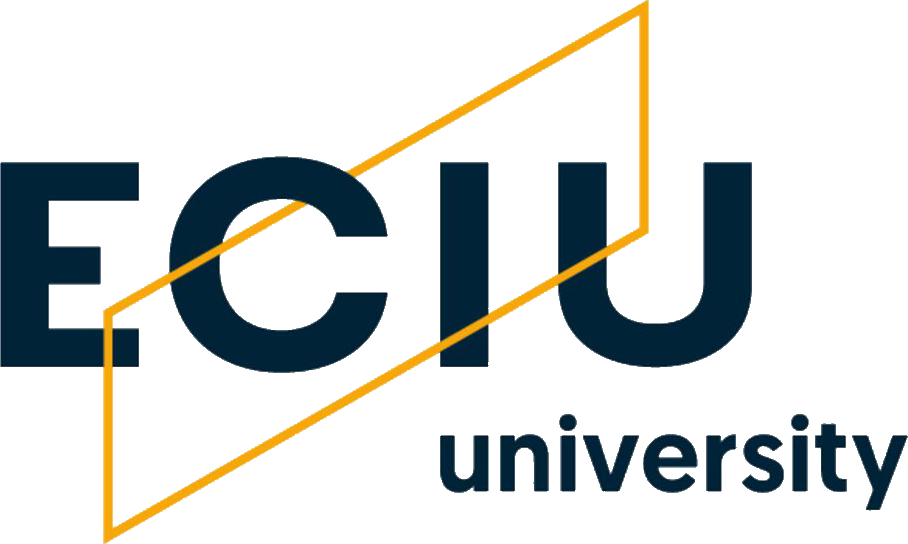Apart from the scientists from the Department of Chemistry and the International Center for Research on Biomaterials (ICRI- BioM), TUL, the project partners are: Medical University of Lublin, Ulm University (Germany), the German coordinator and Max Planck Institute for Polymer Research (Germany). Polish teams have received nearly 2.4mln PLN under the OPUS + LAP project, funded by the National Science Centre and the German research funding organization DFG (Deutsche Forschungsgemeinschaft), based on the lead agency procedure.
The aim of the project, “Antioxidant, electroactive and biocidal self- adhesive dressing materials”, is to produce an antioxidant and electroactive skin wound dressing that promotes healing and releases anti- microbial peptides against a group of major bacterial and fungal pathogens relevant to hospital- acquired infections.
Wounds have become one of the major global problems that lead to death. An acute wound is a skin injury that heals easily within a predictable and expected time span. Chronic wounds, on the other hand, are caused by a prolonged inflammatory phase during the healing process, which in turn, prevents skin regeneration. For this reason, great attention is paid to wound dressings that can not only protect the wounds from the environmental impact but also promote skin tissue regeneration and accelerate the healing process- explains Professor Pietrasik. – The dressing material designed by us confirms our concept, together with some additional components , that in the future it will start the new generation dressing materials, tailored to the needs of different type wounds and be able to fight life- threatening infections, together with specialized drugs and treatment to significantly improve wound healing.
The project was divided into four research tasks.- the one carried out at TUL involves the synthesis of suitable gels including interpenetrating networks responding to temperature changes and able to release protons under appropriate conditions which will regulate the pH environment. The obtained gels will constitute a layer on which, in turn, thin layers of antioxidant and conductive polymers with selected peptides will be immobilized”- informs the project leader of TUL.
